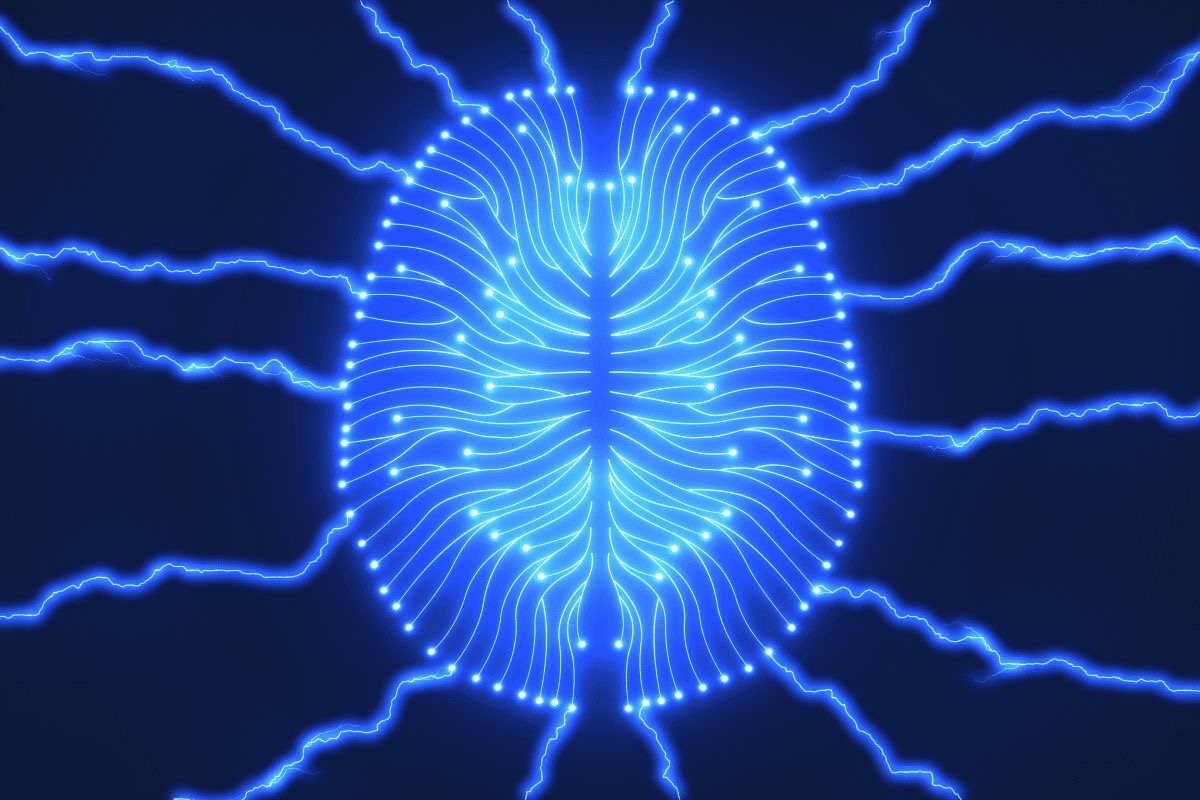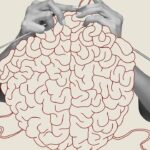Antidepressants Reshape the Brain—But That’s Only Half the Healing

The traditional “chemical imbalance” theory of depression has lost scientific favor—and for good reason. The notion that low serotonin alone causes depression is overly simplistic and unsupported by the complex neurobiology revealed in modern research.
Instead, contemporary neuroscience paints a more dynamic picture: depression is a disorder of impaired neuroplasticity—and antidepressants are powerful tools for restoring the brain’s capacity to change, learn, and adapt.
⸻
1. Neuroplasticity Is the Real Target
Long before antidepressants boost mood, they begin restructuring the architecture of the brain.
Functional MRI (fMRI) and diffusion tensor imaging (DTI) studies have shown that depression correlates with reduced gray matter volume and weakened connectivity in key areas:
• Hippocampus – memory and learning
• Prefrontal cortex (PFC) – executive function, planning, and emotional regulation
• Anterior cingulate cortex (ACC) – conflict monitoring and error detection
Sources: Campbell et al., 2004; Bora et al., 2012
Chronic stress and depression degrade these structures through cortisol dysregulation, excitotoxicity, and reduced neurogenesis.
Enter: Antidepressants.
Most notably, SSRIs and SNRIs stimulate the expression of Brain-Derived Neurotrophic Factor (BDNF)—a protein critical for:
• Dendritic branching
• Synaptogenesis (creation of new synapses)
• Neuronal survival
BDNF is to the brain what sunlight and water are to plants: it helps regenerate what has withered under psychological stress.
(Chen et al., 2001; Duman & Monteggia, 2006)
This is why antidepressants often take several weeks to produce full effects—they’re not just altering neurotransmitter levels but fostering neuronal growth and circuit remodeling.
⸻
2. Antidepressants Prime the Brain for Learning
According to the REBUS (Relaxed Beliefs Under Psychedelics) model proposed by Carhart-Harris & Friston (2020), antidepressants (and especially psychedelics) work by relaxing overly rigid predictive models in the brain—models that reinforce negative self-beliefs, hopelessness, and fear.
This loosening of entrenched cognitive patterns makes the brain more receptive to:
• New perspectives
• Emotional experiences
• Adaptive behaviors
In other words: antidepressants open a “critical window” of cortical malleability—a period during which patients are more capable of unlearning maladaptive behaviors and relearning healthier emotional strategies.
This is not unlike the developmental plasticity of childhood—except now it’s pharmacologically induced.
⸻
3. Therapy + Antidepressants = Lasting Change
While antidepressants prime the brain for change, they do not determine the direction of that change.
This is where psychotherapy becomes essential.
During this neuroplastic window, therapy can help patients:
• Reappraise distorted thoughts (CBT – Cognitive Behavioral Therapy)
• Learn emotional regulation skills (DBT – Dialectical Behavior Therapy, or ACT – Acceptance and Commitment Therapy)
• Cultivate body-based awareness (Mindfulness, Somatic Experiencing, Interoception training)
Each of these approaches fosters functional neural rewiring by engaging the newly malleable networks. The changes aren’t just psychological—they’re biological.
“Neurons that fire together wire together.”
— Hebbian Theory
This combination—medication + learning—leads to durable recovery. Studies confirm that relapse rates are significantly lower in patients receiving both pharmacological and psychotherapeutic treatment.
See: Hvenegaard et al., 2019
In contrast, if the patient takes medication without learning new behavioral strategies, the brain may revert to its pre-treatment patterns once the drug is discontinued.
⸻
4. Mechanistic Insight: Beyond Serotonin
Though most antidepressants target monoamines (serotonin, norepinephrine, dopamine), the downstream effects are far more complex.
SSRIs increase the presence of serotonin in the synaptic cleft by blocking its reuptake, which eventually causes:
• Downregulation of serotonin receptors (especially 5-HT2A)
• Altered intracellular signaling cascades
• Increased BDNF production and synaptic plasticity
This receptor downregulation and remodeling may underlie the delayed onset of mood improvement—and further supports the idea that antidepressants act more like facilitators of brain plasticity than simple mood elevators.
⸻
The Takeaway for Clinicians: You’re Guiding Brain Remodeling
If you’re prescribing or supporting patients on antidepressants, you’re not just managing neurotransmitters—you’re facilitating a window of neurobiological readiness.
What can be done during this window?
• Engage patients in evidence-based therapies
• Provide psychoeducation about the neuroplasticity process
• Encourage lifestyle practices that support brain growth (exercise, sleep, nutrition, mindfulness)
• Foster agency in patients by helping them understand that healing is co-created—not passively received
⸻
This Isn’t Just Treatment. It’s Transformation.
By aligning pharmacology with psychotherapy, we move beyond symptom suppression and into neural rehabilitation—the reconfiguration of thought patterns, emotional responses, and even identity structures.
This is precision brain remodeling, grounded in modern neuroscience and empowered by a collaborative therapeutic relationship.



Comments (0)